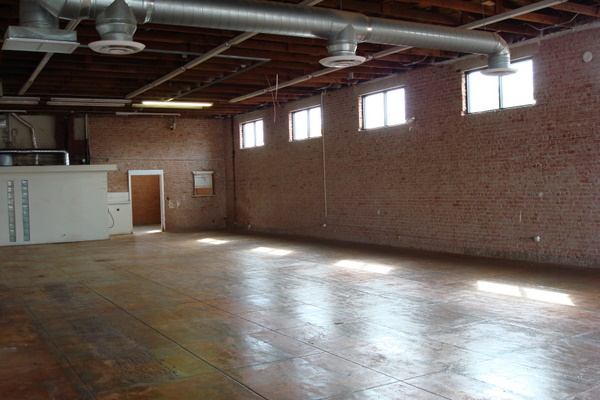 Green building is all about solar panels, smart thermostats and fancy gray water plumbing right?
Green building is all about solar panels, smart thermostats and fancy gray water plumbing right?
Well, not really. Those things are components of green building, but they’re not the entire story. Far from it.
The most effective green building happens when ancient wisdom is combined with new technology. Unfortunately, this ancient wisdom is not as sexy as new technology can be and hence it rarely gets much press.
Some examples of ancient wisdom are orienting your building for passive solar design, using the least amount of materials to build, using local materials, and reusing what is usable.
Today I want to touch upon this last nugget of ancient wisdom – reusing what is usable and what this means for Phoenix. We have a penchant to tear down old buildings here, as we were sadly reminded at Rob Melikian’s presentation of his book Vanishing Phoenix this past weekend at the Places, Spaces and Faces Community Dinner. (If you missed this presentation, there will be another on June 2 at City Hall. Click here for more details.)
This got me to thinking that among the cultural, sociological and urban development imperatives we have to preserve old buildings, we also have an environmental imperative to preserve historic buildings.
It makes absolutely no sense to tear down a great well-built block structure to build a new structure in its place, even if this new structure has all the latest green gizmos on it including solar panels, wind power, rainwater harvesting, sensor-operated shading devices and so forth.
All that technology is great and we should develop it even further. But lets not forget the ancient wisdom to reuse what’s usable. This can happen in many ways. One is to gut old buildings, replace the plumbing and electrical systems with better, greener ones, even add new green systems to it but still maintain the structural envelope. Another is, if it’s not possible to keep the walls, to reuse the components of the building, such as the bricks, trusses, and framing in the new iteration. A great example of the latter is The Parlor Pizzeria that was not able to keep much of the old structure the way it was, but was able to reuse a lot of the building components in creative different ways.
Here’s why we need to preserve historic buildings if we want to reverse the environmental crisis that we’re facing. We need to think of our old buildings as a resource just like we consider the granite that we mine from our mountains as a natural resource. They are here, they are what we have, and they are here for us to use. Why would we destroy and waste this resource? It would be like mining granite from our mountains and throwing it in a landfill. It makes no environmental sense.
And if Mayor Phil Gordon wants to make Phoenix the Greenest City in America, historic preservation needs to be on the top of his list of ways to achieve this goal, not an incumbrance like it is now. The City of Phoenix needs to do a better job in preserving ALL of it’s resources, both natural and historic.
Photo Credit: The 1926 JB Bayless Building in the warehouse district of downtown Phoenix, restored and renovated. Photo by Lyle Plocher for the Downtown Phoenix Journal.




















Rule #1: if you want a structure to be preserved, don’t sell it to the City of Phoenix, ASU, or other developer/entity that doesn’t have a clear history and intentions of preserving that structure.
Rule #2: the bottom line drives the decisions of developers and the real estate industry; without some kind of financial padding and/or regulations that make it prohibitively expensive to tear down, replacement is the likely result.
Deconstruction and reuse of these materials is an important part of our ecological progress as we recreate our built environment. It takes more effort, planning, time, and coordination to make the best of the resources, but it doesn’t need to cost anymore than demolition.
One thing that is missing is maintenance of the historic structures that are remaining, occupied or vacant. Deferred maintenance is a major reason why historic structures end of in a landfill rather than rehabbed/ repurposed. Combine that with spaces and systems that are antiquated, and it takes someone/ones with vision and a desire to make these shine again.
When we value what we have, rather than just what we could have, we will have a sea change toward preservation and repurposing of our existing structures.
Thomas, thanks for your thoughtful points. I agree about maintenance of existing buildings, even if they are in between owners. I also strongly agree about having steep penalties for destroying historic structures like they do in other cities.
Great post Taz!
I live in a really old building in Maine and it is amazing how different it feels than newer apartments I’ve lived in. It seems to be cooler in the summer, perhaps the attention to great materials they used. I’m not an architect, but I can “feel” the wisdom from the past!
Love your blog!!
Thanks,
Sue
Thanks Sue! Yeah, old buildings definitely have a different feel than brand new ones. It’s all the old stories embodied in the walls!